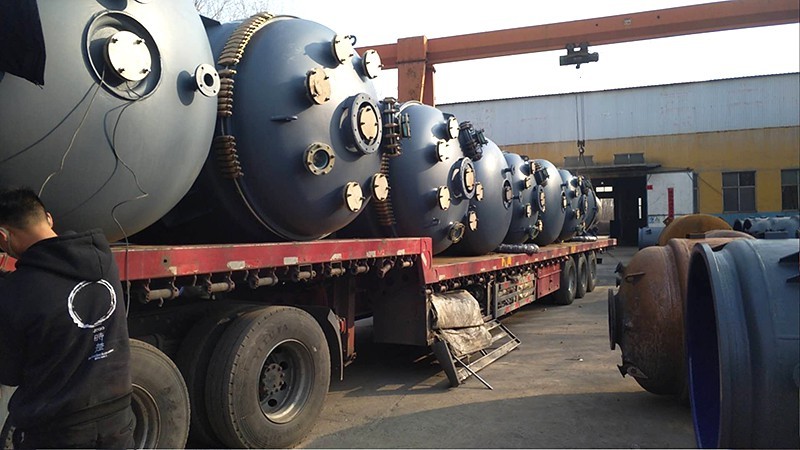Before the stainless steel reactor equipment is put into production, the trial operation of the equipment is very important. As mentioned earlier, equipment is a defect that cannot be detected by instruments. During the trial operation of the equipment, some defects may be exposed, such as the ceramic layer falling off due to boiling, and the metal substrate being corroded. In severe cases, it can render the stainless steel reactor kettle useless, affecting normal production and use, and causing significant economic losses to users.

In response to the defects in the reactor equipment, the editor suggests that a water substitute be used to simulate the production process (temperature and pressure) for trial operation before the equipment is put into production. Existing defects can be exposed as much as possible. If conditions permit, the stainless steel reactor should undergo multiple tests. After trial operation, before formal feeding, open the manhole cover and carefully check whether the enamel layer has fallen off or cracked. If not, the materials can be put into formal production.
The trial operation before production can also improve the sealing effect of mechanical seals, gaskets, and valves at high temperatures. The manufacturer will also conduct a trial run of the stainless steel reactor kettle before leaving the factory, which can ensure that users can purchase with confidence. The editor reminds users that it is very important to conduct cold and hot mutation tests or take samples one by one for enamel equipment during the equipment acceptance process.
The rapid thermal denaturation test of stainless steel reactor kettle is a comprehensive evaluation of the internal quality of enamel layer. If there are serious quality defects in the steel plates and enamel of enamel equipment, the enamel process is not properly formulated, or the molding, welding, and enamel process control are not strict, the produced equipment will have serious internal defects. When the temperature changes rapidly, most of these defects will be exposed. Therefore, in order to avoid quality disputes between the supply and demand sides and cause greater losses to both parties, it is necessary to conduct rapid cold and hot replacement tests on the stainless steel reactor kettle before the equipment leaves the factory.



 Address:Room 1202, Detaitang Building, No. 118 Huaguang Road, Zhangdian District, Zibo, Shandong
Address:Room 1202, Detaitang Building, No. 118 Huaguang Road, Zhangdian District, Zibo, Shandong WhatsApp:+8613386433135
WhatsApp:+8613386433135 Tel: +8613386433135
Tel: +8613386433135